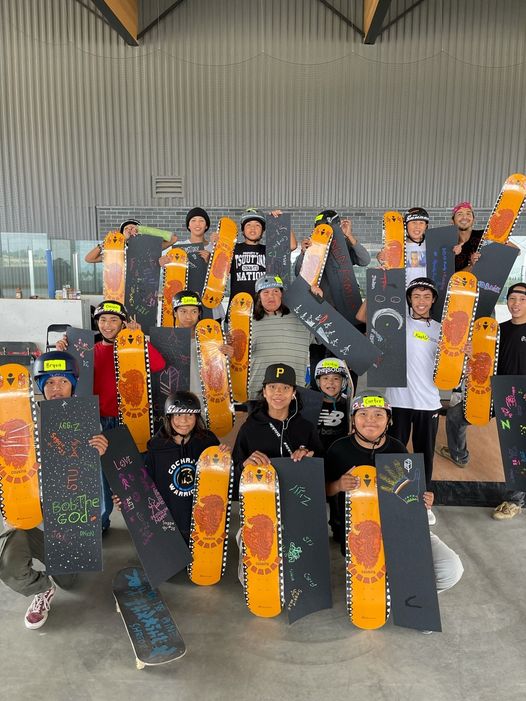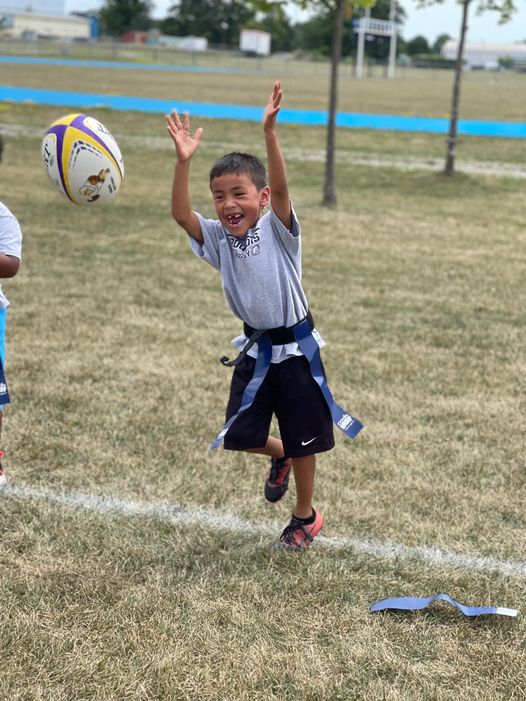For many charitable or not-for-profit sport organizations, funding is the main topic of discussion on most days. As they look to continue their missions or potentially create new, innovative, and inclusive programming, two questions regularly come up:
- How much money do we need?
- Where is the funding going to come from?
The financial pressures of operating, keeping staff employed and running impactful programs have always been a challenge, adding to this stress are the additional financial pressures of COVID, which continue to be incredibly difficult to overcome.
According to the Jumpstart State of Sport Report, released in March 2022:

- 91% of sport organizations are concerned about their ability to provide the same level of service to the communities they serve
- 75% say costs to run programs have increased
- On average, revenues are down by 37% for grassroots
- One third of organizations still express concern about the permanent closure or their organization
One way for sport organizations to help ease their financial burden is by applying for grants. Funding agencies can include the federal or provincial government, corporations, or other non-profits. For example, viaSport British Columbia has compiled a list of grants for which sport organizations may be eligible.
In this blog, I will provide some strategies for crafting a convincing grant application, using the Jumpstart Charities (Jumpstart) Community Development Grant (CDG) program as an example.
Familiarize yourself with the details of the grant
To start, carefully read all background material and instructions regarding the grant application. The last thing you want to do is complete an application and then realize that your organization isn’t eligible. Make sure your organization’s programming fulfills the brief set forth by the funding agency.
For example, the Jumpstart CDG program has two funding streams.
- The operational stream assists qualified organizations that support kids aged 4-18 in financial need and youth with disabilities aged 4-25 to build capacity or cover increased expenses to provide inclusive, safe sport and physical activity experiences
- The programming stream helps qualified organizations deliver sport and physical recreation programming for kids aged 4-18 in financial need and youth with disabilities between the ages of 4-25
In this instance, applicants should identify which funding stream best suits the needs of your organization.
In the case of the Jumpstart CDGs, both streams address systemic barriers to sport and recreation in the following communities:
- Families in financial need,
- Children with disabilities,
With further focus on
- BIPOC children and youth, and
- Girls and young women.
As an applicant, ensure that your programming participants match up with the funder’s target population.
Many grants also set out to support a specific type of activity, like arts and culture, education, or health and fitness. Check and see that your program aligns with the type of activity the funder is seeking to support. For example, in the Jumpstart CDG grants, getting kids involved in sport and physical activity is the goal. Therefore, when applying, even if the main objectives of your program may include things like supporting mental health, increasing classroom engagement, crime reduction, or substance use reduction, in order to be eligible for a CDG physical activity must be the medium used to achieve that objective.
Finally, take note the application deadline. Funding agencies that receive a lot of interest are unlikely to prioritize late applications.
Time to start writing
Once you have determined your program idea meets the key priority areas and populations of funding, and the timeline of your program fits, it is time to start your application.
When writing a quality application, be sure to answer the specific questions being asked. Further, it is incredibly important to be able to describe the Who, What, When, Where, Why and How of your program.

Who
Describe the specifics of the target population. You can do this by asking yourself:
- Who in the community am I engaging and what is the specific age group?
- Who else am I working with in the community to deliver this program?
- Will my program have a positive impact on one or more of the target populations?
What
Describe in detail, what your program entails. You can do this by asking yourself:
- What activities will the participants be doing?
- What length of time will each person be participating (number of weeks, number of days, number of hours)?
- How will each activity be facilitated and by whom?
- Does my budget reflect a reasonable cost for how my program is being run?
- Is my budget as detailed as possible listing all the potential revenues and expenses?
Where
Describe the setting that your program will take place. You can do this by asking yourself:
- Where will my program take place (for example, classroom, sports field, gymnasium)?
- Does my program take place in a setting that is accessible to your target population and that promotes inclusion?
- Will I need transportation to get participants to a particular location? Will that location be a sustainable option for participants to visit after my program is completed?

When
Describe in detail when you program will take place. You can do this by asking yourself:
- When will my program start and finish?
- Does my program take place at a time that is most accessible to my identified population?
- Are there any conflicts with other programs/events in my community?
Why
Describe in detail the need in the community for your program. You can do this by asking yourself:
- Why has my organization chosen this target population and created this program? Has there been any third party research/studies done that show that this population in my community are in need?
- Have I done any research to determine how the population in my community fit the demographic that the funder is targeting?
How
Describe in detail how your program will specifically fulfill the need that has been identified in your community. You can do this by asking yourself:
- Do I have results from previous versions of the program? Include those to show direct impact.
- If the program is a new, link it to research and explain how the program will positively affect those in your community.
Finally, if you have questions about a grant application be sure to reach out to the funder for clarity.
If you would like more information to see if your organization and program are eligible or to start your application for a Jumpstart CDG, please use this link.